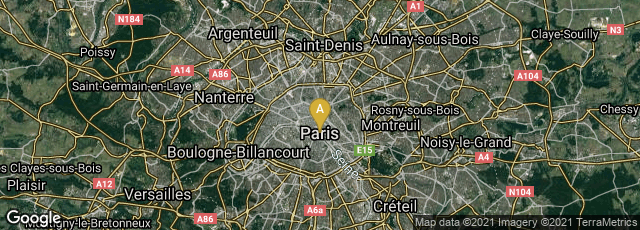On October 3, 1833 French publisher and politician
Émile de Girardin launched the weekly magazine
Musée des Familles, Lectures de Soir in Paris
. In format this magazine was clearly inspired by the two-column format of
The Penny Magazine that Charles Knight had published in England for the SDUK since March 1832. Girardin must also have been thinking of the French market that Edouard Charton had been developing since February 1833 for his
Magasin Pittoresque, which was pretty much a French copy of the
The Penny Magazine. However, Girardin distinguished his magazine from Charton's by directing its content more toward the interests of women and children, by including substantially more woodcuts, and by including literary works by fashionable writers. He also credited the authors of the various articles in the magazine by name— a practice not followed in
The Penny Magazine or the
Magasin Pittoresque. It seems that Girardin also intended his magazine for a somewhat more upscale market than the
Magasin Pittoresque. Note that he advertised on the upper printed wrapper for the first volume of the collected edition or reprint edition of the issues for 1833 and 1834 that he would print 500 copies on deluxe vélin satiné paper, and that these would be printed in a deluxe way on a hand press, rather than a printing machine. Girardin also kept copies of this periodical in print for decades so that new subscribers could buy prior volumes if desired.
